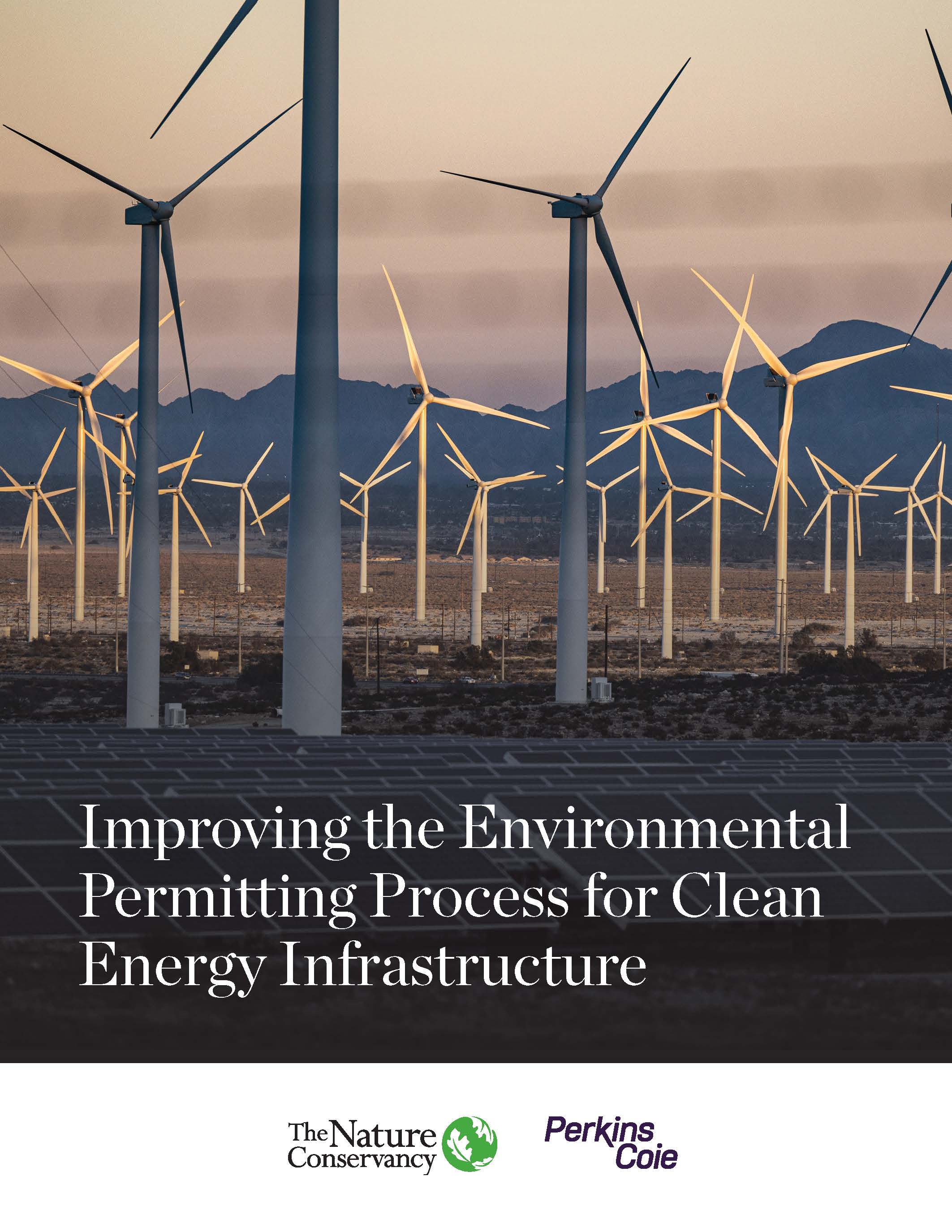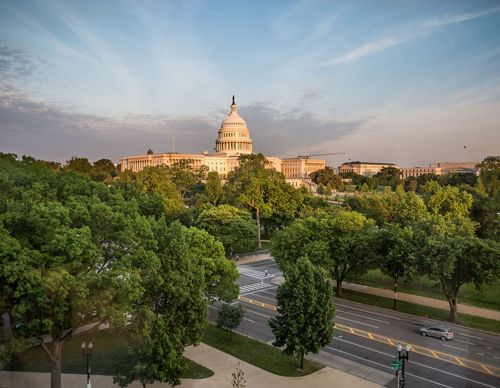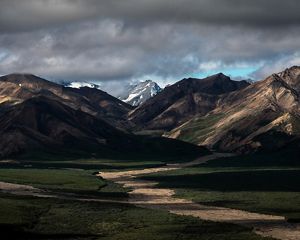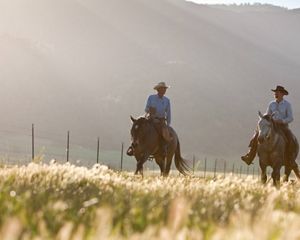Permitting Modernization: Accelerating A Clean Energy Transition and Benefitting Nature

To protect nature and tackle climate change, the U.S. needs to rapidly build more clean energy infrastructure and habitat restoration projects. Modernizing permitting processes will allow us to move faster while balancing important conservation and community values.
Why is Permitting Reform Important?
Clean energy projects, transmission infrastructure, habitat restoration, land management, and other important climate and conservation projects have to go through a maze of regulatory requirements and processes at the federal, state and local levels, and it's taking longer than ever before.
The time to complete renewable energy projects has increased to almost four years. Approval times for major transmission projects can stretch to over a decade, and although habitat restoration and other natural infrastructure projects could proceed faster they can also suffer from delays. These projects are critical to achieving our climate goals, accelerating the clean energy transition and addressing increased wildfire risk, drought, extreme weather and habitat loss.
TNC’s goal is that the timelines for completing environmental review, permitting and approval for these and other clean energy and restoration projects are reduced by at least 50%.
An Opportunity to Accelerate Clean Energy
-
400%
The U.S. needs to increase renewable energy by 400% to avoid the worst impacts of climate change.
-
2.5
The U.S. will need at least a 2.5 times expansion of inter-regional transmission to transition to clean energy.
-
50%
TNC's goal is to make the delivery of clean energy resources and infrastructure at least 50% faster than it is today.
Download
How can we speed the permitting reform process? This report offers expert recommendations for what needs to happen next.
Download
Permitting Reform Policies & Improvements
These changes should not just speed up project timelines, but also improve outcomes for people and nature.
-
Planning and Prioritization.
Upfront planning to identify priority locations and projects that are most critical for meeting climate goals, minimize impacts to conservation and maximize benefits to natural and working lands and local communities will help avoid conflicts and accelerate project reviews.
-
Coordinated Decision-Making.
To improve interagency coordination and target bottlenecks, agencies could expand the use of tools to combine reviews and build off existing analysis, improve consistency of terminology and methodologies, monitor and evaluate post-decision outcomes to identify areas for improvement and other steps for better, faster decisions.
-
Meaningful Engagement and Consultation.
Meaningful engagement with impacted communities throughout the planning and project approval process supports greater alignment on priorities, promotes equitable benefits and avoids conflict. Early, sustained, robust consultation with Tribal Nations will respect sovereignty and incorporate their deep knowledge of relevant landscapes in decision-making and planning.

Responsible Permitting Reform Can Help Site and Build Clean Energy
TNC’s work on permitting reform is grounded in the science, analysis, and practical experience we have developed for developing a range of tools and resources to inform policy and practices on siting renewable energy. With careful and coordinated planning and robust community engagement, the U.S. can build clean energy while avoiding most impacts to sensitive lands and habitats. Explore TNC's work on siting renewable energy.
Learn more about TNC's clean energy siting efforts and research
Power of Place
Power of Place outlines where and how we can cost-effectively use land to deliver clean energy solutions while minimizing impacts to biodiversity and people.
Mining the Sun
The Mining the Sun report tells us the benefits of building clean energy projects on mine lands, brownfields and landfills.
Site Renewables Right
The Site Renewables Right map identifies where renewable energy can be developed while still conserving important wildlife habitats and natural lands.
Stay updated on climate and conservation policy
Sign up to receive monthly news and policy updates from The Nature Conservancy.




